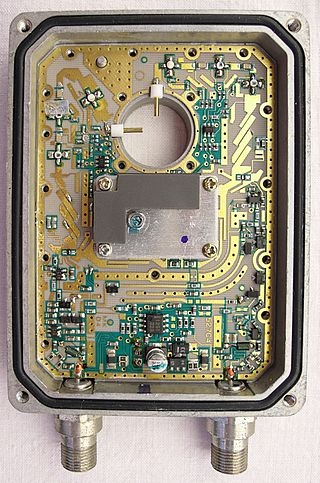Stub or Stubb may refer to:
Stub or Stubb may refer to:

Alexander is a male name of Greek origin. The most prominent bearer of the name is Alexander the Great, the king of the Ancient Greek kingdom of Macedonia who created one of the largest empires in ancient history.
ERP or Erp may refer to:
An archer is a person who practices archery, using a bow to shoot arrows.
Ansa or ANSA may refer to:
Peer or peeress may refer to:
Joe or JOE may refer to:
CCS may refer to:
NTS may refer to:
Tor, TOR or ToR may refer to:
Wilma may refer to:
Eon, EON or Eons may refer to:
Ishmael is the first child of Abraham in Abrahamic religions.

Crucial to the survival of a glacier is its mass balance of which surface mass balance (SMB), the difference between accumulation and ablation. Climate change may cause variations in both temperature and snowfall, causing changes in the surface mass balance. Changes in mass balance control a glacier's long-term behavior and are the most sensitive climate indicators on a glacier. From 1980 to 2012 the mean cumulative mass loss of glaciers reporting mass balance to the World Glacier Monitoring Service is −16 m. This includes 23 consecutive years of negative mass balances.

The Duel: Test Drive II is a 1989 racing video game developed by Distinctive Software and published by Accolade for Amiga, Amstrad CPC, Apple IIGS, Commodore 64, MS-DOS, MSX, ZX Spectrum, Atari ST, Sega Genesis and SNES.
Lars is a common male name in Scandinavian countries.
Asta may refer to:
In distributed computing, a stub is a program that acts as a temporary replacement for a remote service or object. It allows the client application to access a service as if it were local, while hiding the details of the underlying network communication. This can simplify the development process, as the client application does not need to be aware of the complexities of distributed computing. Instead, it can rely on the stub to handle the remote communication, while providing a familiar interface for the developer to work with.
The name Kai has various origins and meanings in different cultures:

A distributed-element filter is an electronic filter in which capacitance, inductance, and resistance are not localised in discrete capacitors, inductors, and resistors as they are in conventional filters. Its purpose is to allow a range of signal frequencies to pass, but to block others. Conventional filters are constructed from inductors and capacitors, and the circuits so built are described by the lumped element model, which considers each element to be "lumped together" at one place. That model is conceptually simple, but it becomes increasingly unreliable as the frequency of the signal increases, or equivalently as the wavelength decreases. The distributed-element model applies at all frequencies, and is used in transmission-line theory; many distributed-element components are made of short lengths of transmission line. In the distributed view of circuits, the elements are distributed along the length of conductors and are inextricably mixed together. The filter design is usually concerned only with inductance and capacitance, but because of this mixing of elements they cannot be treated as separate "lumped" capacitors and inductors. There is no precise frequency above which distributed element filters must be used but they are especially associated with the microwave band.